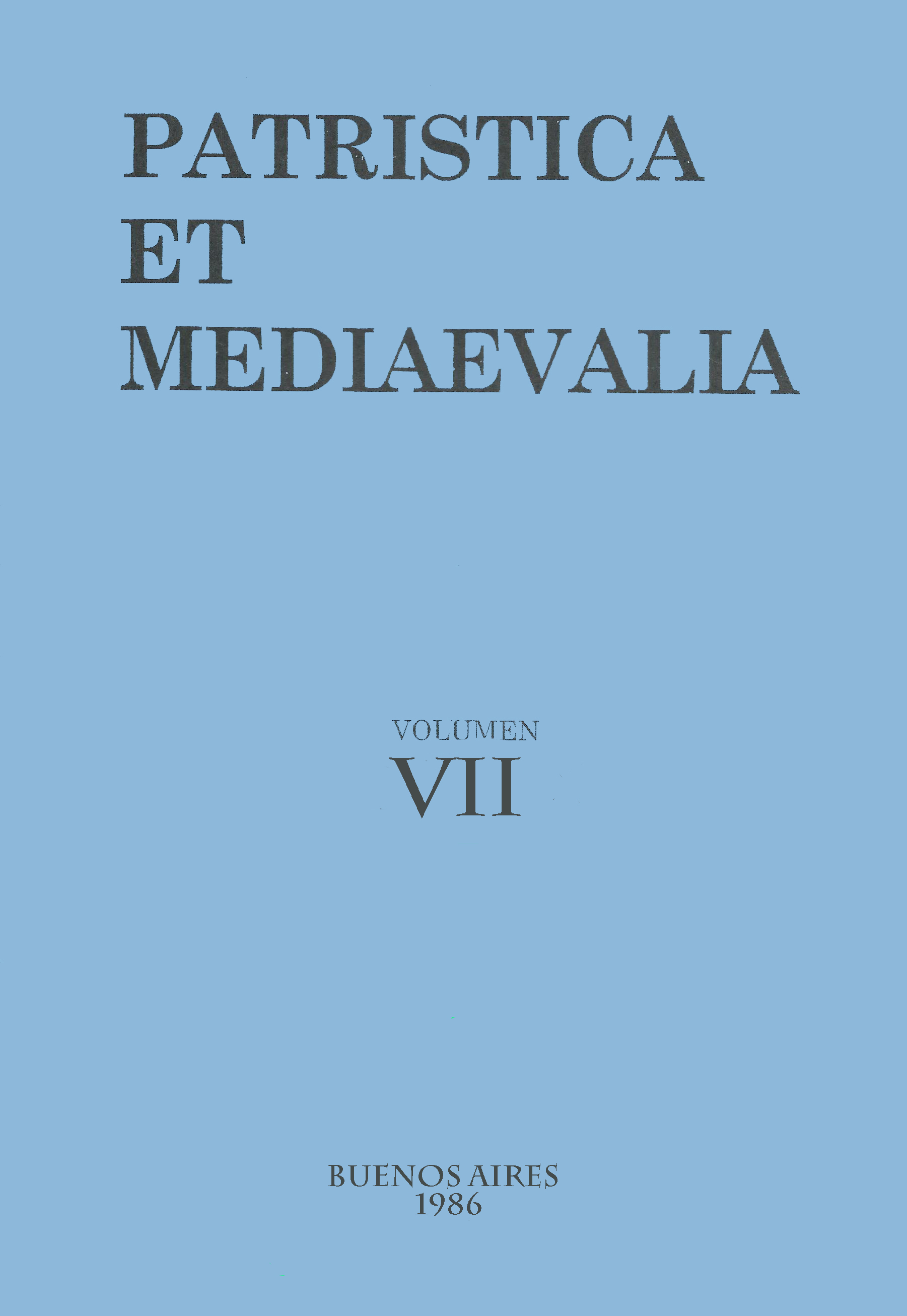“Vita in omnia pervenit”. Eriugena's Vitalism and the Influence of Marius Victorinus
Abstract
A defective lesson from the Greek manuscript of Dionysus used by John Scotus (zōa, instead of azōa, in Cael. Hier., IV, 177 C) gave rise to a remarkable development of the Exhibitors, in which Eriugena justifies his free translation “existentia” by postulating the conceptual equivalence zōa = onta. Such identification responds to a vitalist conception of the universe: life extends, according to John Scotus’ explanation, to all intelligible and sensitive beings, including those considered generally inanimate. However, in other Eriugenian texts we find the opposite thesis, more common, that life has less extension than being. As pseudo-Denys actually shares this traditional view, the vitalism supported by the Irish thinker in his Commentary must have come from other sources. The similarities in argument and language suggest that he draws inspiration from Marius Victorinus, whose Ad Candidum already provided the framework for an earlier passage in Chapter IV of Expos. in I. coel. The second part of the article confirms the hypothesis by showing that the exposition on the same question in Periphyseon, III, 727 C-729 C is visibly parallel to important pages in Adversus Arium (III and IV) that speak of universal animation, of the need for the “motus vitalis” in material things of the “vita generaliter generalis” and of the meaning of death. Moreover, the passages of the first Adv. Ar. are probably at the base of the Eriugenian conception of a “circular or spherical” movement and seem to have been especially essential parts of the texts on which Eriugena relies to attribute to Plato or the Platonists certain theories about the soul of the world.Downloads
1. The authors who publish in this magazine accept the following conditions:
-
They retain the copyright and grant to the magazine the right of the first publication, with the work registered under the Attribution-ShareAlike 4.0 International License that allows third parties to use what is published as long as they mention the authorship of the work and the first publication in this magazine.
-
They can make other independent and additional contractual agreements for the non-exclusive distribution of the version of the article published in this magazine (eg. include it in an institutional repository or publish it in a book) provided that they clearly indicate that the work was first published in this journal.
-
They are allowed and recommended to publish their work on the Internet (for example on institutional or personal pages).
2. AutoArchive Conditions. Authors are allowed and encouraged to distribute post-print electronic versions of their manuscripts because it promotes their circulation, a possible increase of quotation and a major reach among the Academic community. Color RoMEO: blue.













